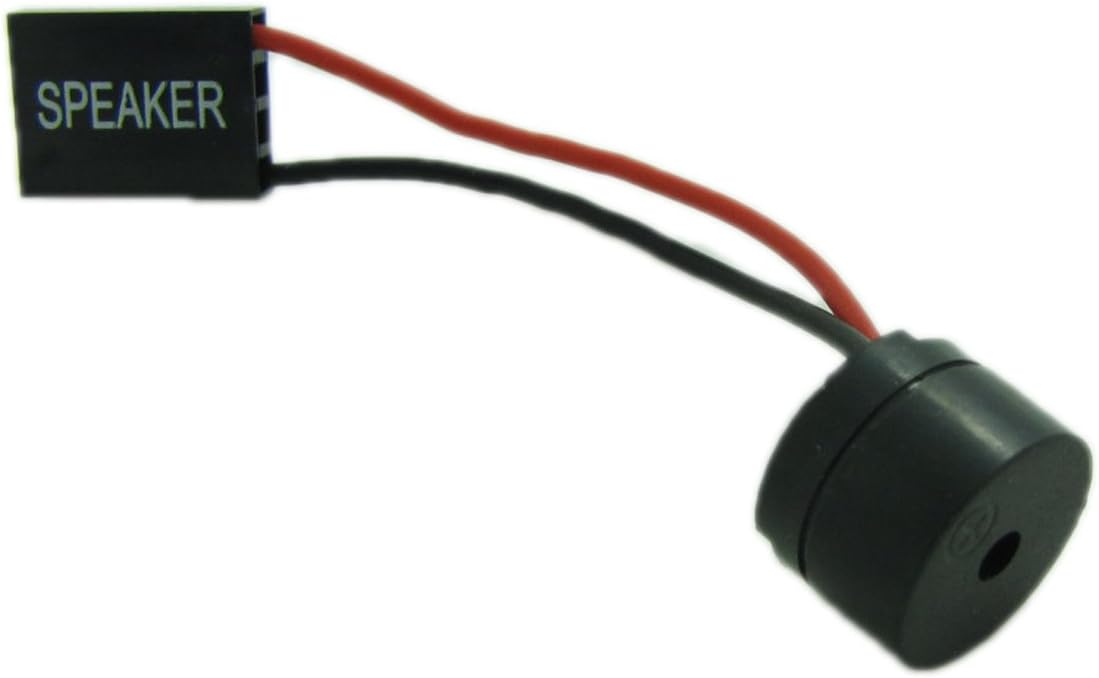We lost power last night which also turned my computer off. Today, I've been plagued with non-stop beeping. PC seems to be running fine, temps are good, but I can't find any definitive answer to what is actually going on here! Any help is much appreciated as I'm a total noob with all of this! I have looked up error codes and have seen everything from CPU failure to CPU timing is off, to bad battery. Help?
There are other beep patterns not in this video, as well. I just had 3 quick beeps. 2 beeps, pause, followed by 4 beeps. 1 beep, pause, 4 beeps. It's very random and changes constantly.
View: https://youtu.be/h6W3weAXV9A
Current specs:
Intel Core i7-4790K 4.0GHz
Corsair Hydro H60 Liquid Cooling
16GB (2x8GB) DDR3 1600MHz
Nvidia Geforce GTX 980 4GB (SC version)
Corsair Enthusiast Series RM750 750 Watt 80 Plus Gold
Win 10 64-Bit
There are other beep patterns not in this video, as well. I just had 3 quick beeps. 2 beeps, pause, followed by 4 beeps. 1 beep, pause, 4 beeps. It's very random and changes constantly.
Current specs:
Intel Core i7-4790K 4.0GHz
Corsair Hydro H60 Liquid Cooling
16GB (2x8GB) DDR3 1600MHz
Nvidia Geforce GTX 980 4GB (SC version)
Corsair Enthusiast Series RM750 750 Watt 80 Plus Gold
Win 10 64-Bit
Last edited:



